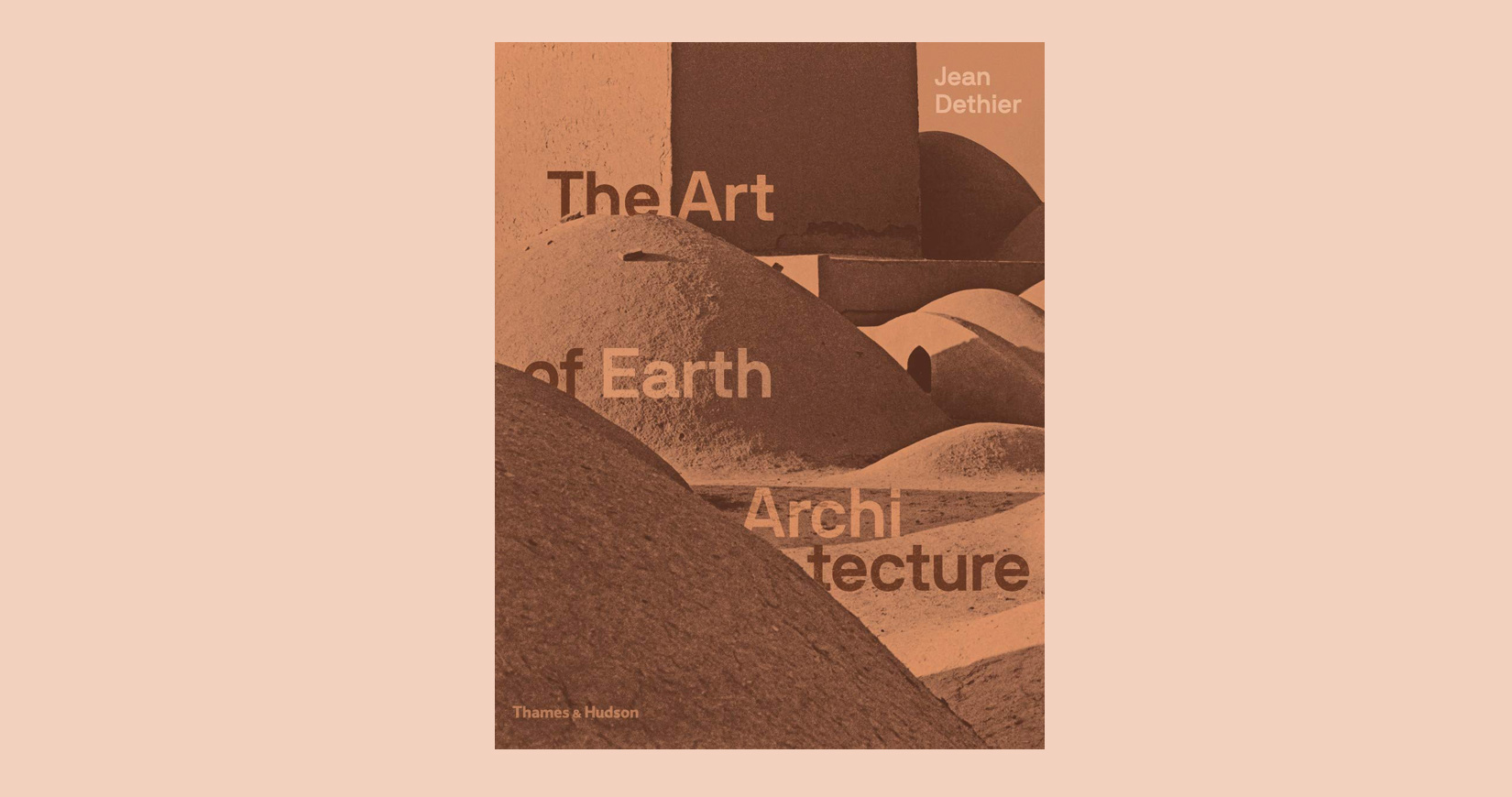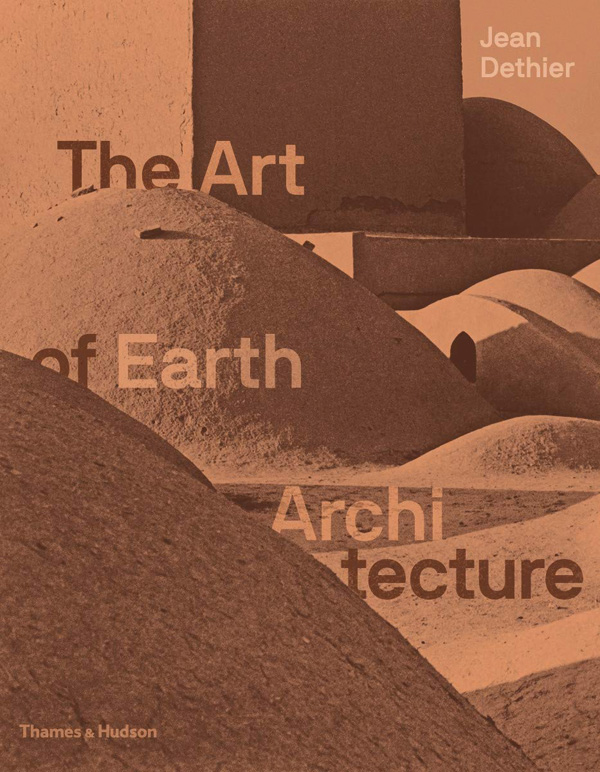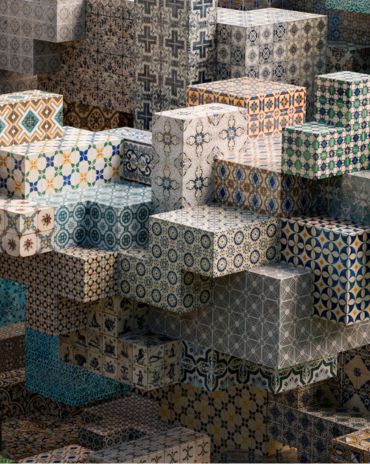Copyright © 2025 Motivate Media Group. All rights reserved.
Review: The Art of Earth Architecture: Past, Present, Future
Jean Dethier reveals some of the raw earth masterpieces scattered across five continents.

The Art of Earth Architecture: Past, Present, Future
by Jean Dethier
Thames & Hudson
Mankind has built palaces, temples, forts and cities with raw (unbaked) earth for almost 10,000 years. The various types of raw earth construction (including adobe and rammed earth, cob, wattle and daub) require neither industrial transformation nor high-energy consumption and do not produce CO2. Combining archaeology and history, culture and technology, The Art of Earth Architecture is part cultural revelation and part ecological manifesto, proposing an alternative to current construction methods and a substitute for cement and concrete. Surveyed are 450 raw earth masterpieces and many UNESCO World Heritage sites from 75 countries. Included are the temples and palaces of Mesopotamia and Egypt, the Great Wall of China and the Alhambra in Spain, as well as historical cities such as Shibam in Yemen, Djenné in Mali and Marrakesh. Also featured is contemporary work of pioneers such as Cointeraux, Fathy, Frank Lloyd Wright, Le Corbusier, Heringer, Rauch and Kéré, as well as Pritzker Prize laureates Wang Shu, Foster and Piano. Their eco-avant-garde achievements span luxury villas, social housing and public buildings. These inspiring works are now fuelling a cultural, ethical and ecological low-tech revolution. The book concludes with essays which argue that raw earth construction can help fight against climate deregulation. Hence, it’s a must-read.
The Latest
Maison Aimée Opens Its New Flagship Showroom
The Dubai-based design house opens its new showroom at the Kia building in Al Quoz.
Crafting Heritage: David and Nicolas on Abu Dhabi’s Equestrian Spaces
Inside the philosophy, collaboration, and vision behind the Equestrian Library and Saddle Workshop.
Contemporary Sensibilities, Historical Context
Mario Tsai takes us behind the making of his iconic piece – the Pagoda
Nebras Aljoaib Unveils a Passage Between Light and Stone
Between raw stone and responsive light, Riyadh steps into a space shaped by memory and momentum.
Reviving Heritage
Qasr Bin Kadsa in Baljurashi, Al-Baha, Saudi Arabia will be restored and reimagined as a boutique heritage hotel
Alserkal x Design Miami: A Cultural Bridge for Collectible Design
Alserkal and Design Miami announce one of a kind collaboration.
Minotticucine Opens its First Luxury Kitchen Showroom in Dubai
The brand will showcase its novelties at the Purity showroom in Dubai
Where Design Meets Experience
Fady Friberg has created a space that unites more than 70 brands under one roof, fostering community connection while delivering an experience unlike any other
Read ‘The Winner’s Issue’ – Note from the editor
Read the December issue now.
Art Dubai 2026 – What to Expect
The unveils new sections and global collaborations under new Director Dunja Gottweis.
‘One Nation’ Brings Art to Boxpark
A vibrant tribute to Emirati creativity.
In conversation with Karine Obegi and Mauro Nastri
We caught up with Karine Obegi, CEO of OBEGI Home and Mauro Nastri, Global Export Manager of Italian brand Porada, at their collaborative stand in Downtown Design.

















